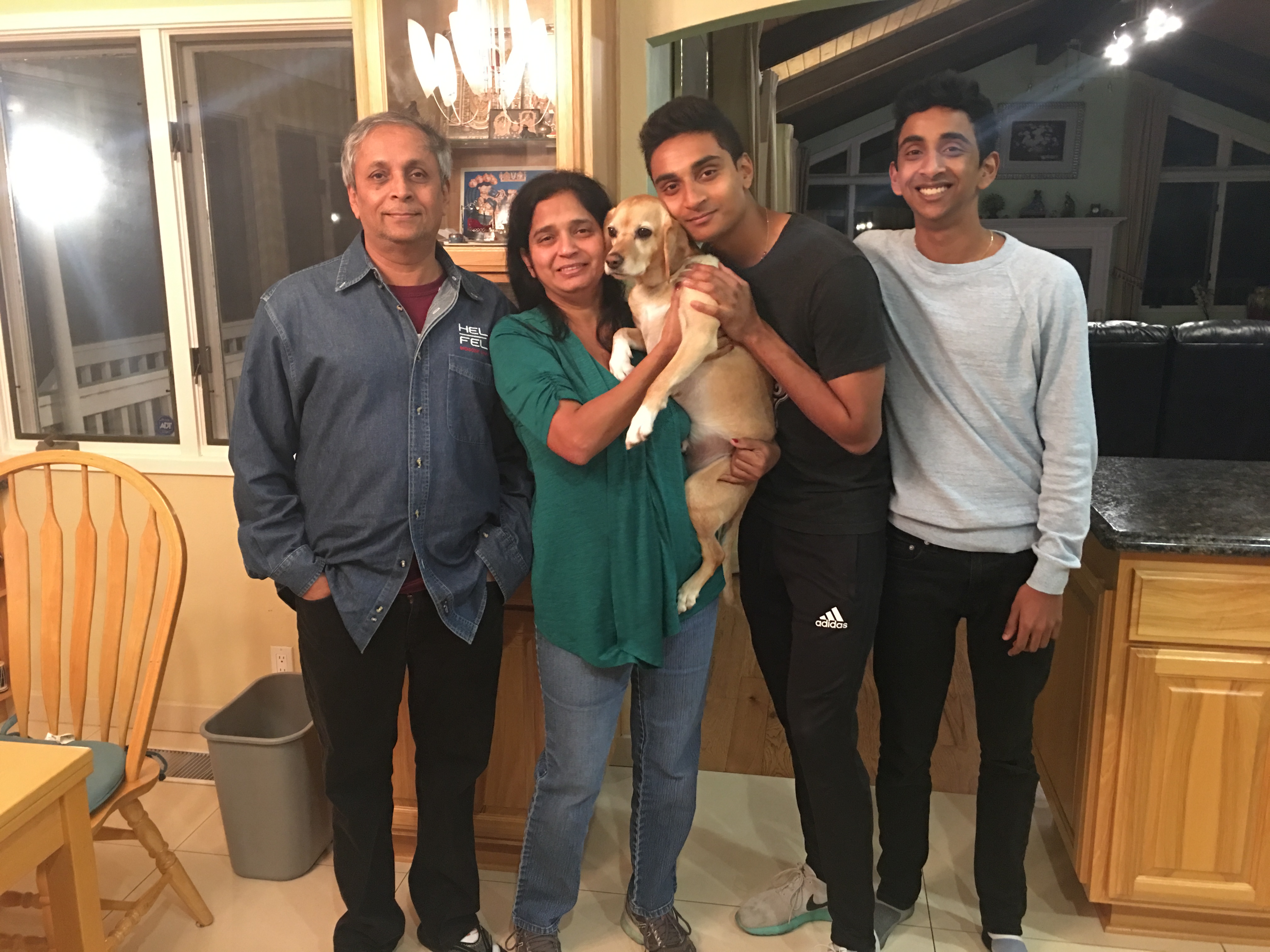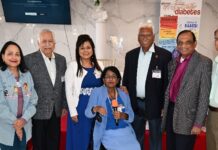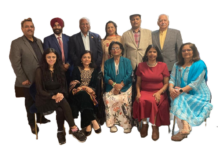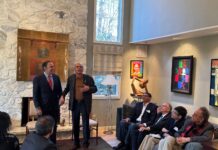[accordion][acc title=”A Monthly Tech Series By Rishi Kumar”]When you think about tech start-ups and entrepreneurship, Silicon Valley dominates the world in churning out products and offerings that not only go viral worldwide, but also creates a plethora of start-ups centered around that success.
Silicon Valley is truly the hotbed for innovation and high-value companies. But, what does it take to roll out a start-up and succeed against all odds? What was that eureka moment that “launched a thousand ships?” What does it take to truly innovate and be that Silicon Valley rockstar?
With this series, we will introduce these entrepreneurs who have rocked Silicon Valley with their technology and business leadership, the ones who pioneered and built this innovation economy, the ones who continue to shine the beacons of light for future entrepreneurs. Perhaps you?
The California gold rush is still alive and kicking in Silicon Valley – only this one doesn’t appear to be fading, churning millionaires and billionares. Let us meet Mohan Kalkunte and figure out some components of the Silicon Valley secret sauce. Read on and get inspired. [/acc][/accordion]
[accordion][acc title=”Owner of over 130 patents”]Growing up in a family, Mohan Kalkunte was very motivated in his early childhood to succeed in academics.
This has led him down the path of engineering achieving a gold medal in his bachelor’s program in mechanical engineering from Bangalore University, India. Mohan arrived in the US in 1983 to pursue his Master’s degree in Industrial Engineering at Syracuse University.
Mohan later completed his Ph.D. in industrial rngineering from the Ohio State University in 1988. Soon after, Mohan joined AT&T Bell Labs where he worked on the signaling systems for voice networks. Mohan then moved to California in 1995 where he spent about three years at Advanced Micro Devices (AMD) working on data networking.
In 1998 Mohan joined a networking start-up Maverick Networks which was acquired by Broadcom. Since then, Mohan has been working at Broadcom. At Broadcom, Mohan has been working as a switch architect and is currently the Vice President of Architecture and Technology in the Core Switch Products group.
As the head of the Architecture and Technology group, Mohan is responsible for the development of multiple flagship ethernet switching chips that span small, medium, enterprise, data center and service provider markets. Mohan has over 30 years of experience in the field of networking, communications, and semiconductors. He is a named inventor of over 130 US patents. A former Broadcom Fellow, Mohan is also an IEEE Fellow and has several publications. [/acc][/accordion]
‘If you have an idea, apply for a patent’
Mohan let us chat about your early years. What were some of the key ingredients that pointed you to a path which led you to where you are today?
Mohan Kalkunte: Like most other Indians during that time, I grew in a protected environment. I never ventured outside of my comfort zone for the most part. Coming to the US, I was like a fish out of water. I had to take care of things that I took for granted not to mention the difference in culture and mannerisms here in the US.
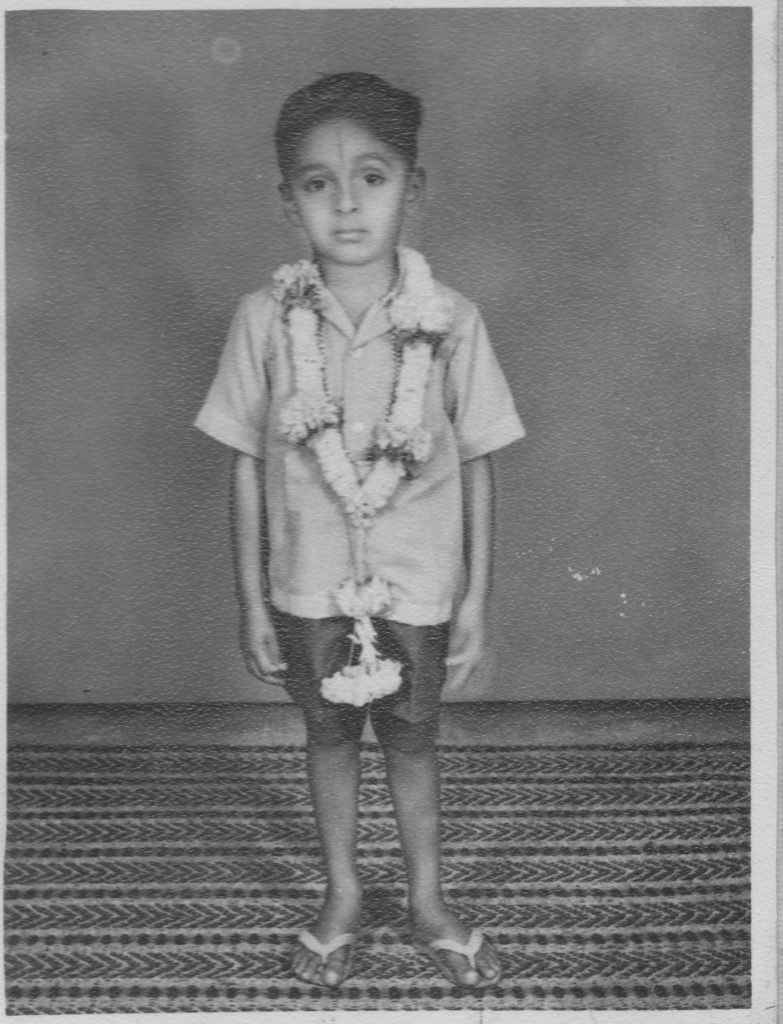
Right from the beginning, I was very motivated to succeed in life and to me, the only path was doing well in school. It became even more apparent in the US, that with a good academic background, there were many opportunities for me to succeed. This motivation to succeed and excel has continued at work as well with everything I do.
I have been inspired by one of my uncles who used to be a pilot in the Indian Air Force. Right from early childhood, I had dreamed of becoming a pilot just like my Uncle. Unfortunately, he died in an air crash and that crashed my dreams. However, in the US I had another opportunity to take flying lessons and I finally got my pilot license which was very fulfilling.
What pops out as something very unique and interesting about you is your inventor track record. Over 130 US patents? How did that come about?
MK: I have been fascinated by people owning patents. I always thought that it was unique for someone to own a patent. I have been awestruck by Thomas Edison who had more than 1,000 patents. Back in 1995, when I came up with an idea in networking, I did not know how to patent it. Through the company I was employed at that time, I got to work with a patent attorney who made it look really easy to file an application. This started the journey. As I got more involved, I came up with several ideas in the field of networking which, with the help of patent attorneys, I was able to have successfully filed patents.
This started the journey. Looking back, I never imagined I would have this many patents.
What advice would you give for someone aspiring to be an inventor?
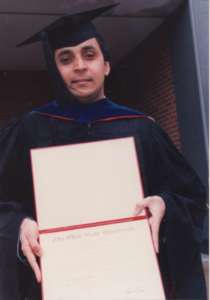
MK: If you have an idea that you think is unique, do not hesitate to pursue a patent application. Applying for a patent is a costly endeavor. So, if you are employed, it is better to go through your company’s patent application process.
Also, I recommend that you do not do research to see if the idea is unique. That needs to be disclosed at the time of application. In addition, even if the idea has been patented before, there could be variations of that idea that could be patented. A patent attorney can best advise in this regard.
At first, I thought the process would be really hard or that it would be hard to get a patent. But having gone through a few times, it was not really complicated. You need to have a good idea, a good patent attorney and there you have it.
How has it been to work at Broadcom for the last 20 years? How do you see the future of the semiconductor industry?
MK: I have been very fortunate to be in semiconductor space. Over the course of the last 20 years, I have seen tremendous progress in technology in semiconductors. Today, for instance in a networking chip, one can pack transistors over 5,000 times what could have been done in the chip 20 years ago. To put in another perspective, the speed of data networking has improved so much that the entire library of Congress can be downloaded in a few minutes compared to a day couple of decades ago.
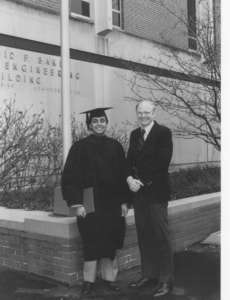
Broadcom has been a pioneer in the semiconductor space especially in the area of communication. I have been fortunate enough to be associated with many worlds first in the networking industry. We were the world’s first to release 2.4 Gbps ethernet switch chip back in 1999. Today we are the world’s first to release a 12.8Tbps ethernet switch which is in no measure a small feat. It is exhilarating to be associated with such an achievement.
Being persistent in pursuing your idea is key to succeeding. Whether as a start-up entrepreneur or employee in one of the many Silicon Valley companies, the valley provides incredible opportunities in terms of breadth and scale for a motivated individual to succeed.
How do you see Silicon Valley evolving over the next couple of decades? How is it different – from the time you arrived and the Silicon Valley today?
MK: Silicon Valley has been evolving over the last few decades. There is a rich ecosystem of talent, businesses, university education, and high tech companies. The valley keeps attracting top talent from all over the world. This invariably leads to new innovation and products and the cycle continues.
There will be significant advances in the field of technology, especially in Silicon Valley. I envision homes without garages, people not owning cars, flying taxis, technologies that recognize people and automatically link to credit cards and bank accounts etc all of which will eventually lead to social transformation. This social transformation will be enabled by advances in Artificial intelligence, virtual reality, autonomous driving, medical robotics, etc most of which are taking place in Silicon Valley.
In your opinion, what are the prerequisites to becoming a successful entrepreneur? What is the secret sauce for Silicon Valley success?

MK: Networking with the right people and talent is very important. For any product or service to be successful, it needs to be economical. For instance, in the consumer space, a product needs to address a real need, easy to use and yet at the same time be affordable for mass adoption.
In addition, as an entrepreneur, one has to be prepared for ups and downs in this journey. One should never quit in the face of obstacles. The ability to be patient and overcome obstacles is important.

